Oatcakes
We’re big fans of oats in our house. From the daily porridge requests each morning, to endlessly trying to perfect flapjack (which I will finally share when I eventually do!), we just can’t get enough of those little super-grains. If there’s one oat classic that always feels a little bit special to me, it is…

We’re big fans of oats in our house. From the daily porridge requests each morning, to endlessly trying to perfect flapjack (which I will finally share when I eventually do!), we just can’t get enough of those little super-grains. If there’s one oat classic that always feels a little bit special to me, it is Oatcakes.
I think it’s the fact we’re usually known to indulge in them with some posh cheese and nice chutney, so whenever we do have Oatcakes I always end up feeling like it’s a special occasion. The funny thing is, though, that their origins are anything but fancy; oatcakes were actually first produced as a more sustainable substitute for bread for us folk up here in Scotland. Plus, they’re super cheap to make and super easy, too! A mere three ingredients, with a little salt and a dash of water, and you’re good to go.
Top Tips for Homemade Oatcakes:
• Porridge oats are our favourite for Oatcakes but you can experiment with different types of oats for different textures.
• A lot of Oatcakes recipes call for Bicarbonate Soda or Baking Powder, however, with the absence of any acid, there’s no real need for these ingredients.
• Why not try adding a little grated cheese or some poppy seeds to your oatcakes for varying flavours?


Oatcakes
PRINT RECIPEINGREDIENTS
- 225 g Oats
- 60 g Plain Flour
- 1 tsp Salt
- 60 g Vegetable Shortening
- 60-80 ml Hot Water
INSTRUCTIONS
- Pre-heat your oven to 190°c and grease a baking tray.
- Mix the oats, flour and salt together in a large bowl.
- Add the vegetable shortening and rub together until the mixture resembles large breadcrumbs.
- Gradually add the water a little at a time until you have a thick dough.
- Roll the dough on a floured surface to around 5mm thick. Cut your oatcakes with a cookie cutter into your desired shape, or alternatively you can simply cut with a knife.
- Place your oatcakes onto your pre-greased tray and bake for 20-30 minutes until dry and lightly golden. It’s also a good idea to turn the oatcakes at least once during baking to prevent them being dry & golden on one side and soggy on the other.
IMPORTANT NOTE:
All my recipes are developed using a digital scale and the metric system (grams and millilitres). Cup measurements are available as a conversion but these, unfortunately, won’t always be as accurate. For best results, I always recommend baking with a digital scale.
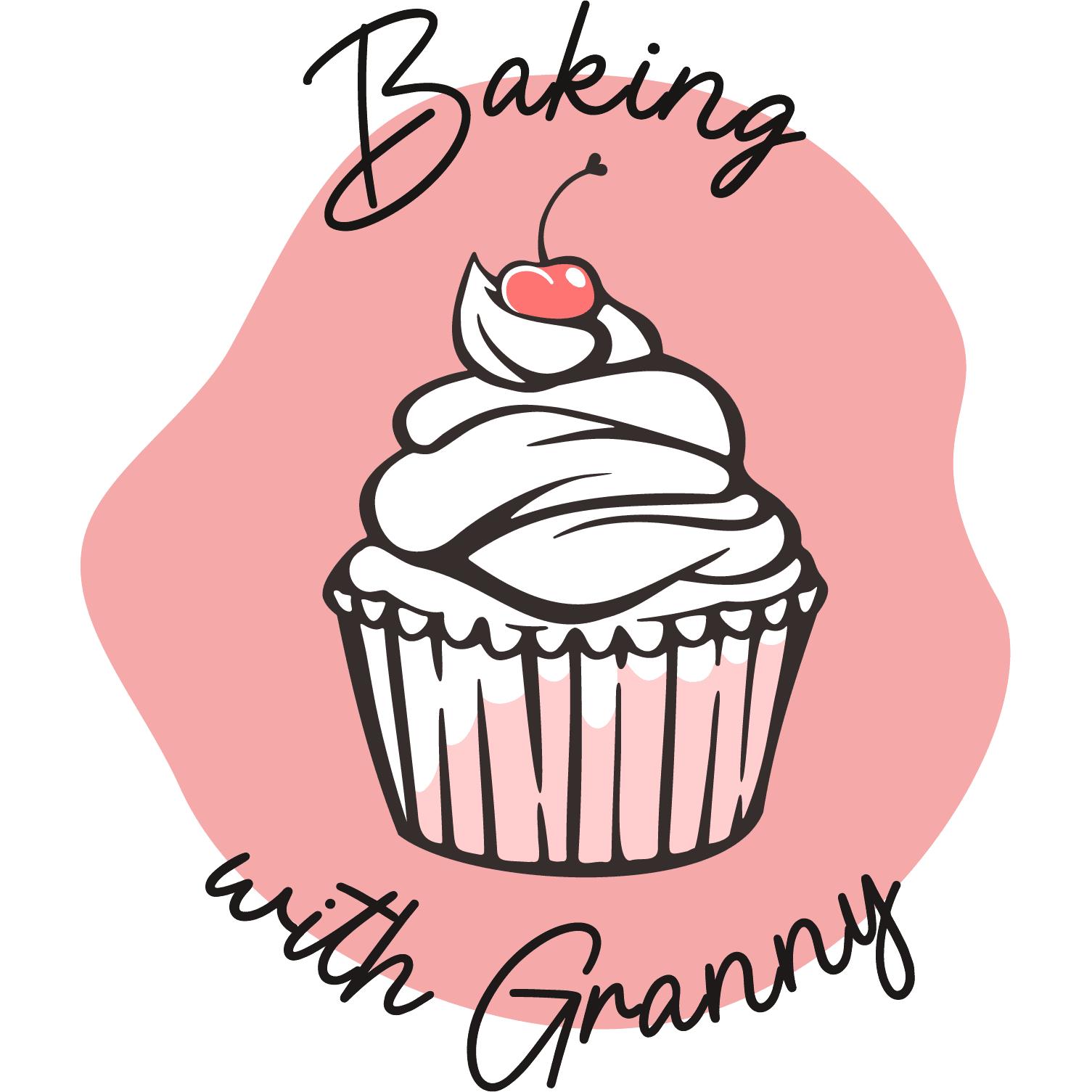
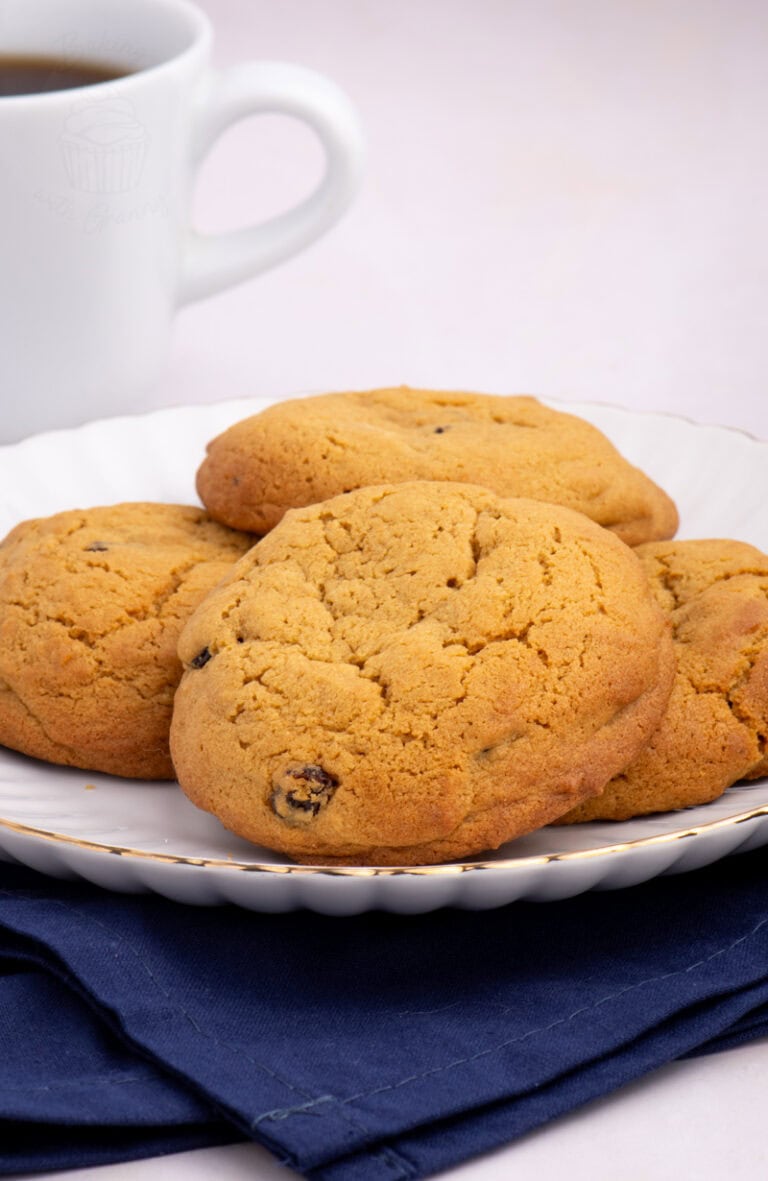
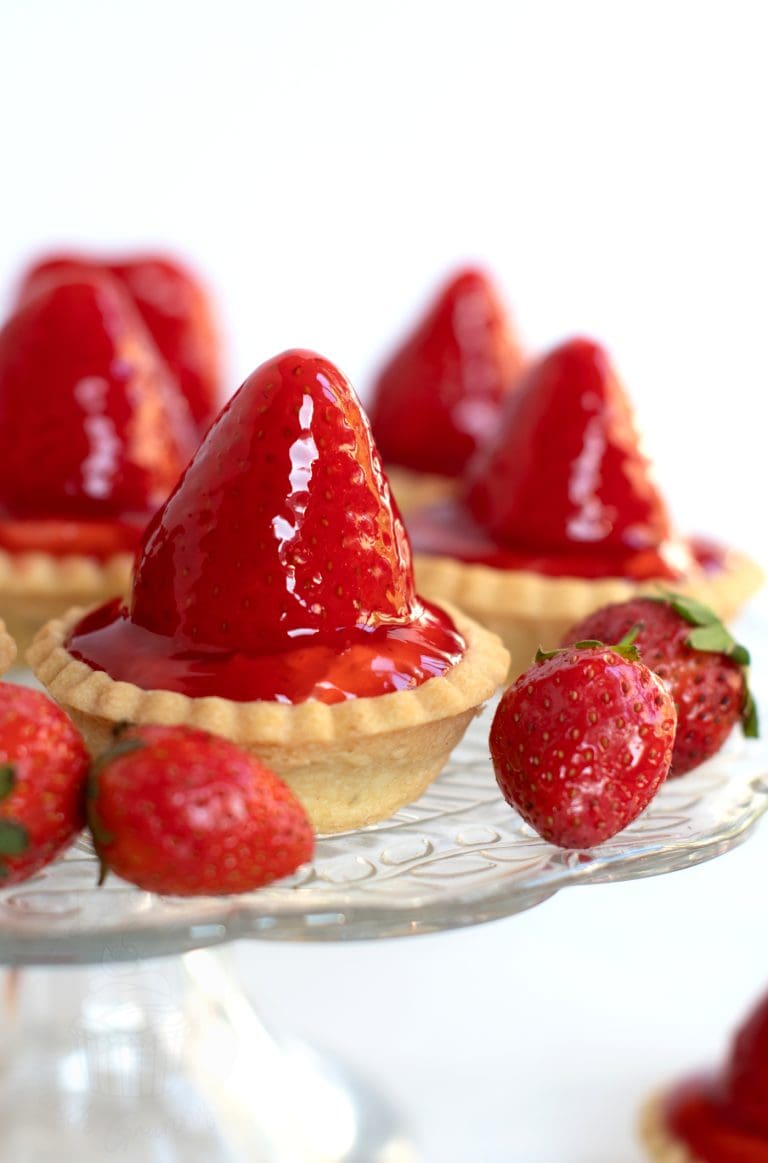
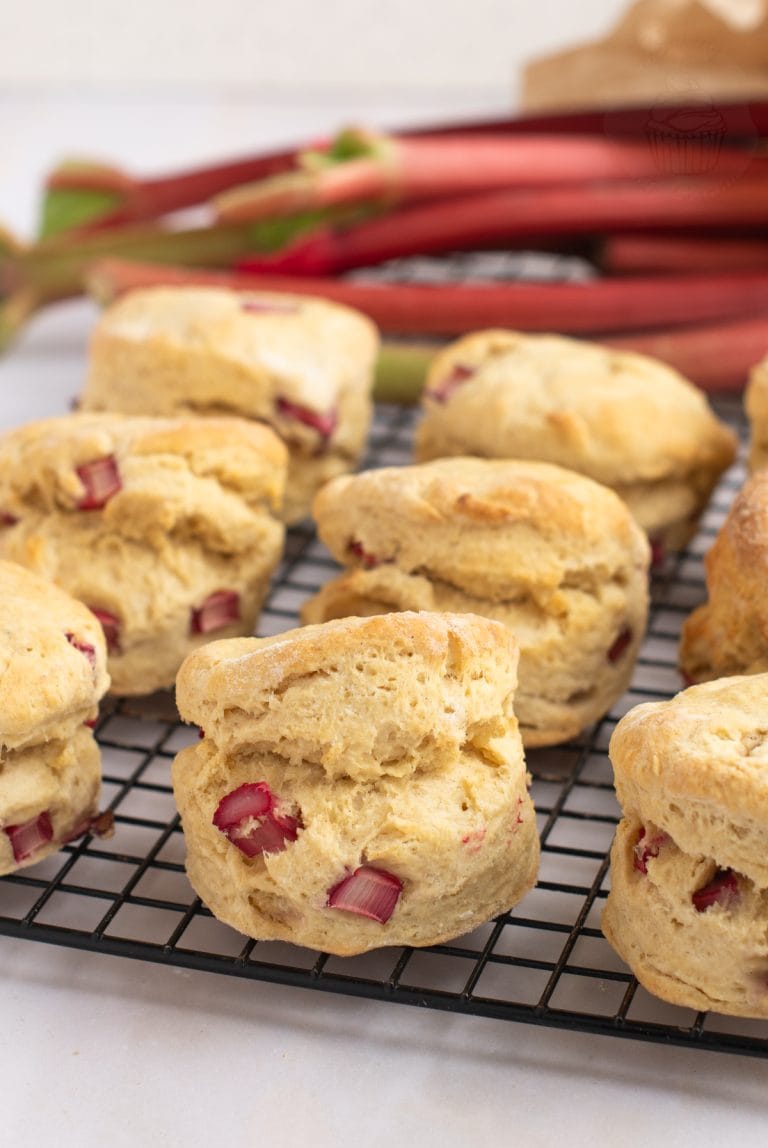
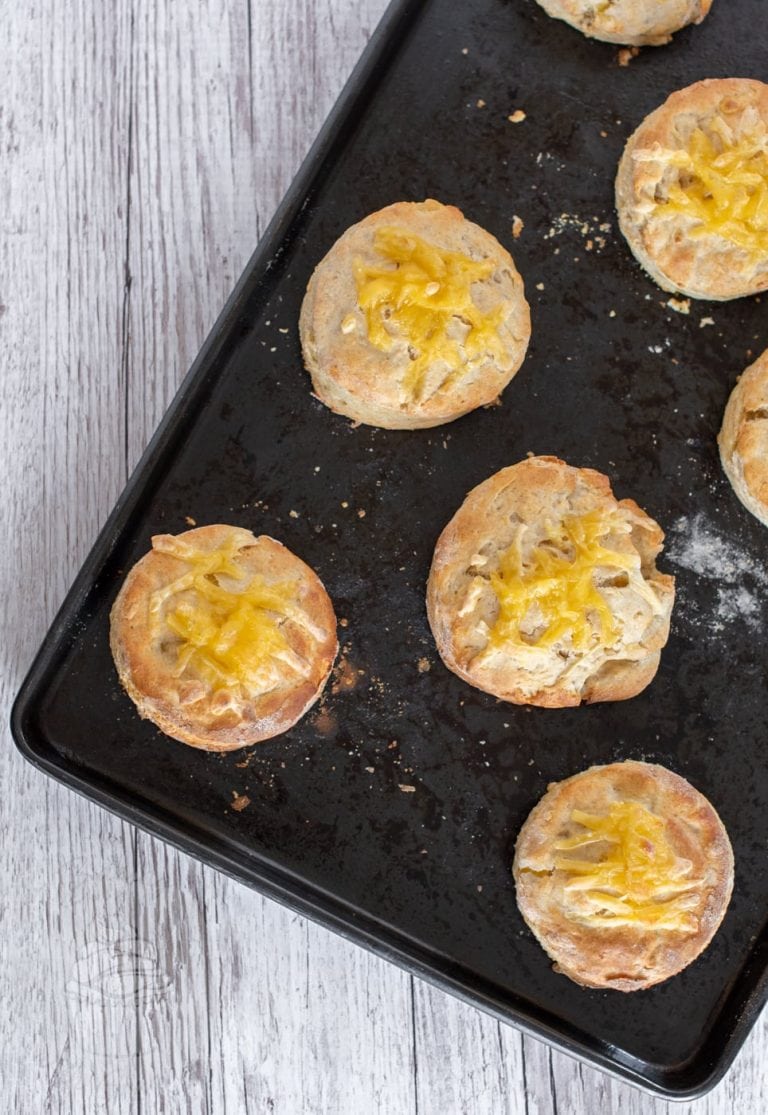

Germany is calling! I have done my first recipe of oatcakes today, cause I wanted to send my daughter a batch. She is vegan, so posh cheese will be a problem. What will you use instead of?
Another question, I have never eaten them before. Do the have to be chewy, or crispy? I liked crispy more so I gave them more time in the oven, but how ist this meant to be?
I hope my questions are comprehensible. Thank you for sharing these wonderful receipts.
Oatcakes should be crunchy, dry and fairly hard: a bit like cracker biscuits, but denser and usually coarser.
I am going to give the recipes a try, been looking for a good oatcake one. I think though that you should put the measurements in either metric or imperial. I know I can change it, I’m just saying…
I too live in sight of Nairns but home made always beats commercial . Using lard rather than vegetable shortening
I enjoy oatcakes and this receipt gives me oatcakes I can boast about and with which I can impress people, particularly as I am new to cooking as a widower. Thank you, Granny!
Hi there,
Could I use butter instead of shortening for the oatcakes?